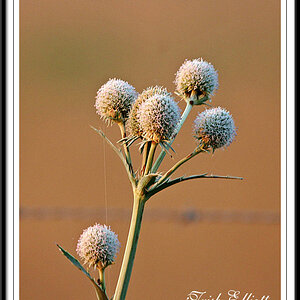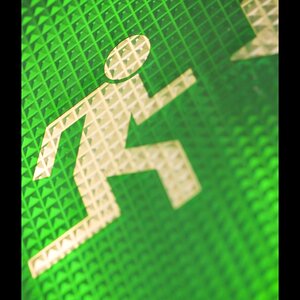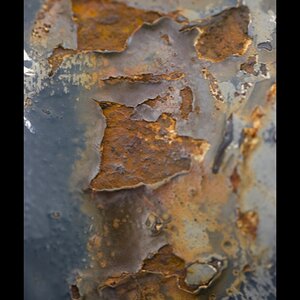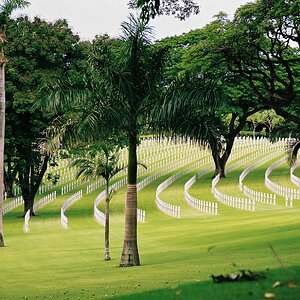Suzumushi
TPF Noob!
- Joined
- Jun 15, 2008
- Messages
- 56
- Reaction score
- 0
- Location
- For now, Kyoto Japan
- Website
- picasaweb.google.com
- Can others edit my Photos
- Photos OK to edit
I've noticed that with landscapes, I keep getting a sky full of blown highlights. Even in the evening, with exposure compensation down at -2 I managed to blow out the sky in one case. However, I noticed that this only happens when I focus on the foreground; if I focus on the sky, it exposes the sky properly but leaves the foreground in shadow.
Ok, so the camera is trying to expose whichever area I focus on as best it can, at the expense of the other area. If it has to make a sacrifice somewhere, I guess it makes sense to do it this way.
My question is, short of using a graduated filter, is there a way to autofocus on the foreground but still expose for the sky? Does this have something to do with "metering?" I may not mind deep shadows in the foreground as much as white blotches in the sky. Or can I get a wide enough depth of field with a small aperture to focus on the sky and still get the foreground sharp?
Ok, so the camera is trying to expose whichever area I focus on as best it can, at the expense of the other area. If it has to make a sacrifice somewhere, I guess it makes sense to do it this way.
My question is, short of using a graduated filter, is there a way to autofocus on the foreground but still expose for the sky? Does this have something to do with "metering?" I may not mind deep shadows in the foreground as much as white blotches in the sky. Or can I get a wide enough depth of field with a small aperture to focus on the sky and still get the foreground sharp?



 You and I are not too far off.
You and I are not too far off. 

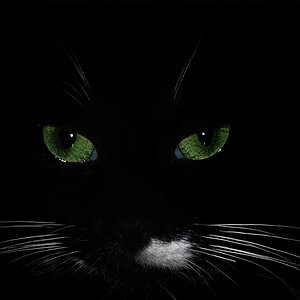
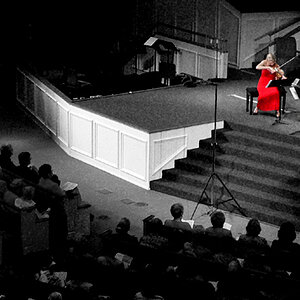
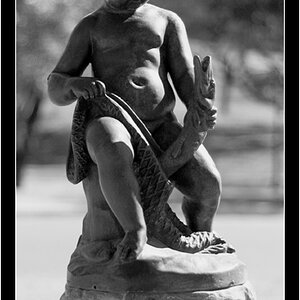
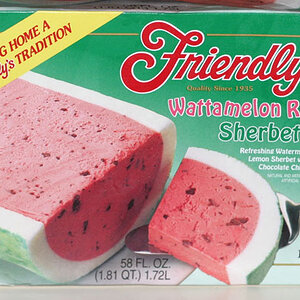
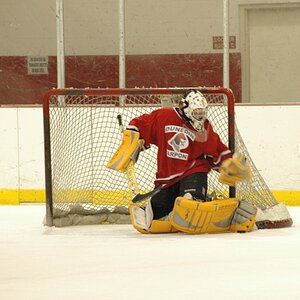
![[No title]](/data/xfmg/thumbnail/37/37525-e6d8ac7dbf90f97648e351449fc9330f.jpg?1619738130)
